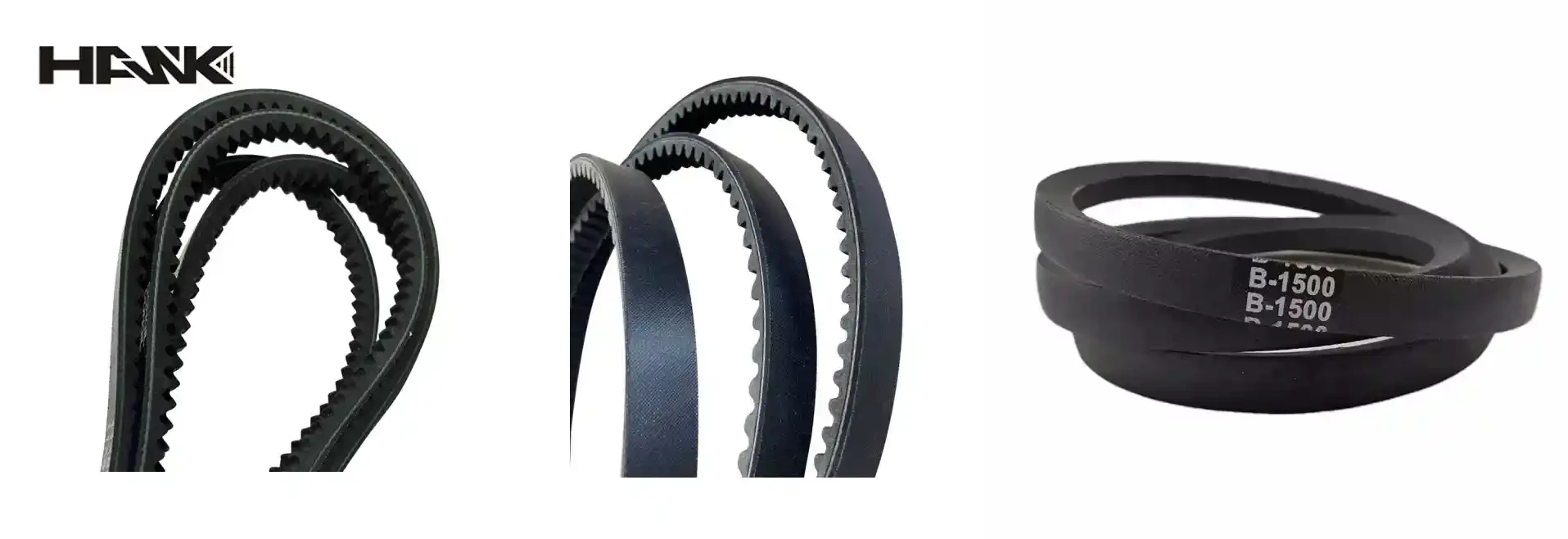- Arabic
- French
- Russian
- Spanish
- Portuguese
- Turkish
- Armenian
- English
- Albanian
- Amharic
- Azerbaijani
- Basque
- Belarusian
- Bengali
- Bosnian
- Bulgarian
- Catalan
- Cebuano
- Corsican
- Croatian
- Czech
- Danish
- Dutch
- Afrikaans
- Esperanto
- Estonian
- Finnish
- Frisian
- Galician
- Georgian
- German
- Greek
- Gujarati
- Haitian Creole
- hausa
- hawaiian
- Hebrew
- Hindi
- Miao
- Hungarian
- Icelandic
- igbo
- Indonesian
- irish
- Italian
- Japanese
- Javanese
- Kannada
- kazakh
- Khmer
- Rwandese
- Korean
- Kurdish
- Kyrgyz
- Lao
- Latin
- Latvian
- Lithuanian
- Luxembourgish
- Macedonian
- Malgashi
- Malay
- Malayalam
- Maltese
- Maori
- Marathi
- Mongolian
- Myanmar
- Nepali
- Norwegian
- Norwegian
- Occitan
- Pashto
- Persian
- Polish
- Punjabi
- Romanian
- Samoan
- Scottish Gaelic
- Serbian
- Sesotho
- Shona
- Sindhi
- Sinhala
- Slovak
- Slovenian
- Somali
- Sundanese
- Swahili
- Swedish
- Tagalog
- Tajik
- Tamil
- Tatar
- Telugu
- Thai
- Turkmen
- Ukrainian
- Urdu
- Uighur
- Uzbek
- Vietnamese
- Welsh
- Bantu
- Yiddish
- Yoruba
- Zulu
дек. . 02, 2024 04:16 Back to list
Understanding the Uses and Benefits of Motor Belts for Various Applications
Understanding Motor Belts Key Components for Mechanical Efficiency
Motor belts are crucial components in numerous mechanical systems, serving as a key link between different parts of machinery and enabling the transfer of power from one component to another. They are used in various applications, from automotive engines to industrial machines, providing effective solutions for motion transmission. This article delves into the different types of motor belts, their functions, and the factors to consider when selecting the appropriate belt for a specific application.
Types of Motor Belts
1. V-Belts V-belts are perhaps the most common type of motor belt used in industrial and automotive applications. They are named for their trapezoidal shape, which allows them to fit securely in the pulley grooves. V-belts are designed to grip the sides of the pulley, reducing slippage and increasing efficiency. They come in various sizes and designs, such as standard, narrow, or joined belts, each suited to different load requirements.
2. Flat Belts Flat belts have a simple rectangular shape and are usually made from leather, rubber, or synthetic materials. They are primarily used for transmitting power over longer distances between pulleys that are not aligned. Flat belts are often found in systems that require less tension and allow for a greater slip rate.
3. Timing Belts Timing belts differ from V-belts and flat belts in that they have teeth that mesh with corresponding grooves on the pulleys. This design prevents slippage and ensures that the timing of movements remains precise, an essential feature in automotive engines and machinery where synchronization is critical. Timing belts are often made from high-strength rubber compounds reinforced with materials like fiberglass or Kevlar for enhanced durability.
4. Poly-V Belts Poly-V belts, also known as ribbed belts, are a modern solution that features multiple small ribs running parallel along their length. This design provides a larger surface area for contact with the pulley, enhancing grip and reducing slippage. Poly-V belts are often found in compact systems where space is limited, such as in many modern vehicles.
Functions of Motor Belts
The primary function of motor belts is to transmit power from one component to another, converting rotational motion from the motor into usable energy for tools, conveyors, or other machinery. They also help to absorb shock loads and vibrations, ensuring smoother operations. In some systems, belts can even contribute to reducing noise levels by dampening vibrations that might otherwise be transmitted through rigid components.
motor belts

Factors to Consider When Selecting Motor Belts
Choosing the right motor belt is essential for maximizing efficiency and ensuring the longevity of the equipment. Here are several factors to consider
- Load Requirements Understand the load that the belt will carry. Heavier loads generally require stronger, more durable belts, such as timing belts or reinforced V-belts.
- Speed Consider the speed at which the belt will operate. Higher speeds may necessitate specific belt types that can handle the increased centrifugal forces without slippage or breaking.
- Environmental Conditions The operating environment affects belt longevity. Exposure to extreme temperatures, chemicals, or moisture can degrade certain materials, so selecting a belt with the right resistance properties is crucial.
- Belt Length and Width Measure the distance between pulleys to ensure the correct belt length, and ensure the belt width fits well within the system's specifications.
- Installation and Maintenance Some belts require more complex installation and maintenance routines than others. Ease of replacement and adjustment can impact overall system downtime and labor costs.
Conclusion
Motor belts play an indispensable role in many mechanical systems, enabling efficient power transmission and reliable operation. Understanding the various types of belts and the factors that influence their selection is vital for anyone involved in engineering, maintenance, or equipment design. By choosing the right motor belt, users can enhance the performance and longevity of their machinery, ultimately leading to greater productivity and cost-effectiveness in their operations.
-
Korean Auto Parts Timing Belt 24312-37500 For Hyundai/Kia
NewsMar.07,2025
-
7PK2300 90916-T2024 RIBBED BELT POLY V BELT PK BELT
NewsMar.07,2025
-
Chinese Auto Belt Factory 310-2M-22 For BMW/Mercedes-Benz
NewsMar.07,2025
-
Chinese Auto Belt Factory 310-2M-22 For BMW/Mercedes-Benz
NewsMar.07,2025
-
90916-02660 PK Belt 6PK1680 For Toyota
NewsMar.07,2025
-
drive belt serpentine belt
NewsMar.07,2025

